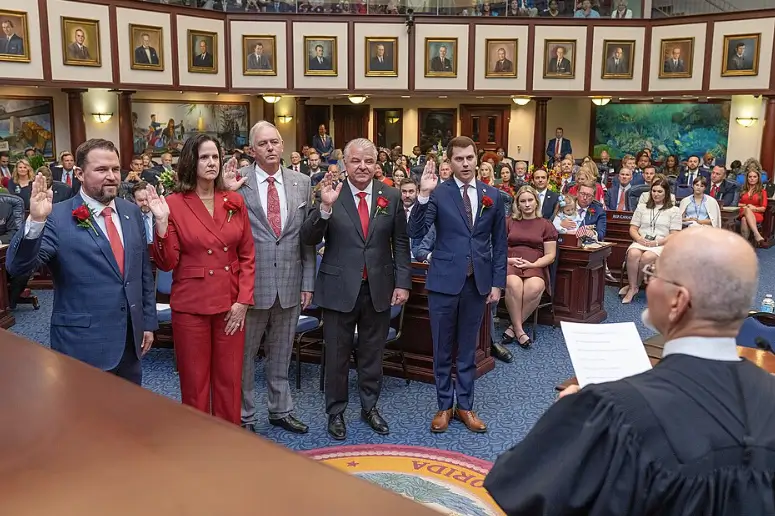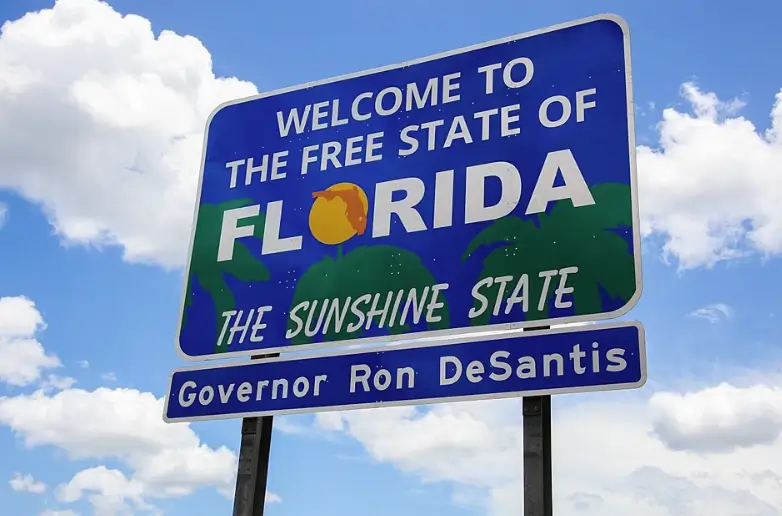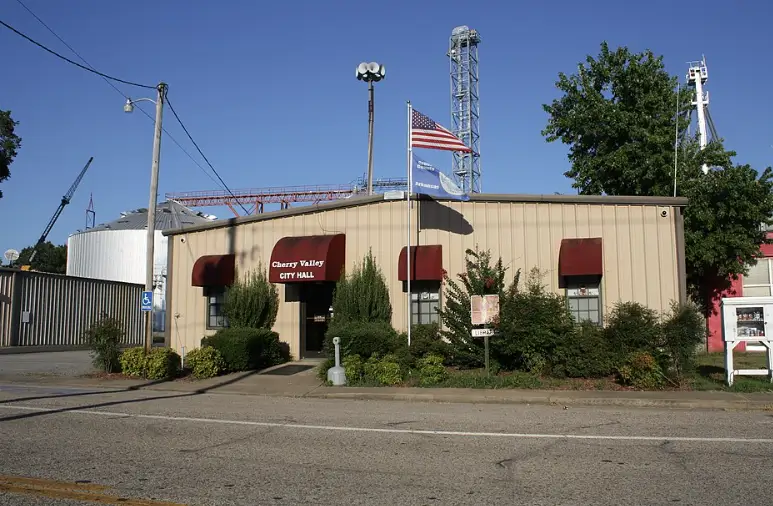You’ve probably heard the term Home Rule tossed around in planning meetings, legal cases, or policy debates. It sounds like one of those dusty constitutional concepts you’d gloss over in school. But if you’re working in planning, zoning, or local government, it’s one of the most important ideas shaping your job.
What is Home Rule
At its heart, Home Rule is about who gets to decide what happens in your community. Under Home Rule, local governments have the authority to govern themselves in local matters unless the state constitution or legislature says otherwise. That may sound straightforward, but it’s a huge deal in practice. The alternative is what’s called Dillon’s Rule, which says local governments can only exercise powers the state explicitly gives them. Think of Dillon’s Rule as “permission slip governance.” If the state hasn’t spelled it out, cities can’t do it. Home Rule flips that equation: cities and counties can act on local issues unless the state steps in to limit them. For planners, this difference is not academic, it’s the legal backdrop that determines what kind of planning you can actually do.

Why It Matters in Planning
For planners, Home Rule is the difference between having a full set of tools and showing up to work with half your toolbox missing. It shapes zoning, housing, growth management, and environmental policy in ways that directly affect what you can and cannot do on the ground.
Take zoning and land use. In states with strong Home Rule, cities can craft their own zoning codes that reflect local priorities, whether that means allowing more mixed-use development, tightening rules around short-term rentals, or protecting historic neighborhoods. In states where Home Rule is weak, cities often have to follow state templates or beg for permission to innovate. It’s the difference between tailoring a suit to fit and wearing something off the rack.
Growth management is another big one. Imagine your city’s roads are gridlocked and the schools are bursting at the seams. With Home Rule, local leaders can hit pause with a moratorium on new development until infrastructure catches up. Without it, you might be forced to keep approving projects even though everyone knows the system is at a breaking point.
Housing policy also lives in this space. Accessory Dwelling Units (ADUs), affordable housing mandates, and parking requirements are all examples of policies that depend on whether local governments have the authority to push beyond the state baseline. Strong Home Rule lets cities experiment, whether that’s requiring new apartments to include affordable units, eliminating minimum parking mandates, or piloting tiny homes. Weak Home Rule ties those decisions to the statehouse, leaving less room for creativity or responsiveness.

And don’t forget environmental protections. Local ordinances around trees, stormwater, wetlands, or green buffers are often where communities push for higher standards than the state minimum. If Home Rule is respected, cities can lead with stronger rules that reflect their landscape and values. If not, they’re locked into whatever the state decides is “good enough,” even if it doesn’t address local flooding, erosion, or habitat concerns.
If you’ve ever sat through a public hearing where residents demand tougher protections (or where developers insist the state already “took care of it”) you’ve witnessed Home Rule in action. It’s not some abstract legal doctrine. It’s the invisible line that decides how much say your community really has over its future.
The Tension
Of course, Home Rule is never absolute. States and local governments are constantly tugging back and forth over how far it should go. States often argue that consistency is better, that without limits, local regulations create a confusing patchwork of rules that frustrate residents and businesses. They point out that someone shouldn’t need a lawyer just to understand which building codes apply when they cross a city line.
Local governments counter that one-size-fits-all rules rarely work. A coastal city battling hurricanes, an inland county managing farmland, and a booming suburb facing sprawl all need different tools. Local leaders argue they’re closer to the issues and the people, and therefore better equipped to craft solutions.
And then there’s politics. When state leadership and city leadership don’t align politically, Home Rule fights can get heated fast. State officials may frame local regulations as burdensome or anti-growth. Local officials may frame state interference as overreach and an attack on democracy. Neither side is totally wrong, but the tension is built into the system, and planners often find themselves caught right in the middle.
Real-World Example: Florida
Florida offers a fresh example of how this tension plays out.
In 2025, the state passed SB 1080, a law framed as an “efficiency reform” for local permitting and fees. On paper, it standardized how cities process development applications, issue refunds for delays, and manage impact fees.
But behind the bureaucratic language, local officials saw something deeper, another quiet transfer of power from local governments to the state. The law tightened procedural timelines, limited discretion in development review, and constrained how cities could manage growth through fees or approval conditions.
Several counties and cities have already raised concerns that the law erodes Home Rule, continuing a pattern of state preemption that’s chipped away at local autonomy in Florida for years. The state, for its part, argues that predictability and uniform standards help developers plan and reduce red tape, framing the move as pro-business, not political.
Still, it leaves cities asking a bigger question:
When “efficiency” starts erasing local control, at what point does planning stop being local at all?
Regardless of which side you agree with, the case is a textbook example of Home Rule versus state preemption, the constant negotiation over who gets the final say in shaping communities.

What This Means for You as a Planner
If you’re fresh out of school, it’s tempting to think of planning as mostly technical: maps, design standards, density numbers, traffic models. But the real work of planning is just as much about politics and law. And Home Rule is one of those invisible forces you need to understand early.
Here’s why: your toolbox depends on it. The policies you draft and present might not even be legal without Home Rule authority. Local democracy lives or dies by it, public hearings matter less if the state has already made the call. It even shapes your job security. When states strip Home Rule, planners often shift from being problem-solvers to being paper-pushers, processing permits rather than shaping policy. And perhaps most importantly, Home Rule decides how bold you can be. Want to push for missing middle housing, parking reform, or stricter stormwater rules? Strong Home Rule makes that possible. Weak Home Rule means your ideas need a green light from the state first.
ZOP Takeaway
Home Rule isn’t just legal doctrine, it’s the oxygen local planning breathes. When it’s strong, communities experiment, adapt, and reflect local values. When it’s weak, planning becomes standardized, politicized, and less responsive to the real problems people face.
If you’re a planner, especially starting out, learn your state’s stance on Home Rule. Watch for preemption battles in the legislature. And don’t just treat it as theory, connect it to the people sitting in public hearings, to the developers testing your code, and to the residents asking why their city can’t fix an obvious problem. At the end of the day, who decides is often more important than what gets decided.
%20(1200%20x%20237%20px)%20(300%20x%2059%20px).webp)





